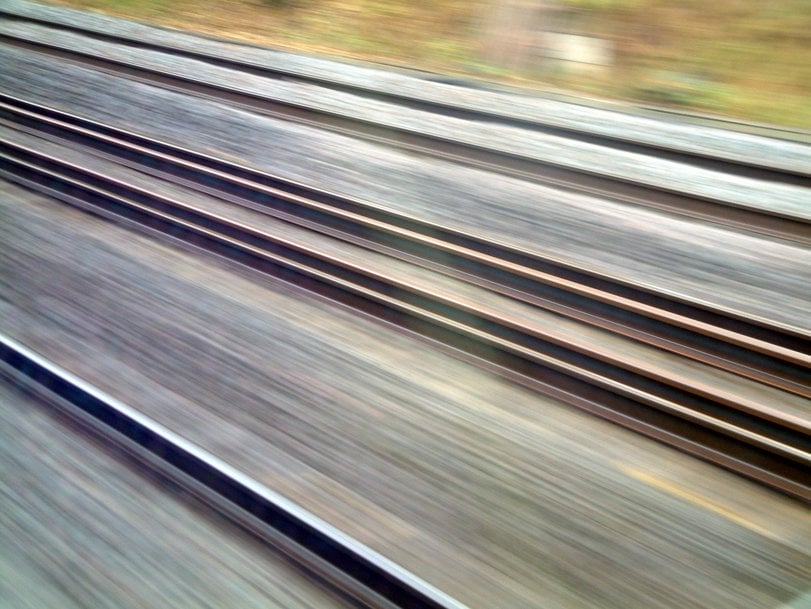railway-international.com
15
'22
Written on Modified on
Need for high-speed: setting the scene for a European High-Speed Rail Network
The Community of European Railway and Infrastructure Companies (CER) partnered with Czech rail operator České dráhy and infrastructure manager Správa železnic to host an event on 11 July looking at the state of high-speed rail in Europe.

Organised with the Czech Presidency of the EU Council, the debate was opened by Czech Minister of Transport Martin Kupka. Czechia is currently preparing a major high-speed rail project connecting the Central Eastern Europe (CEE) region and laying an important foundation for the wider European vision of linking all major European cities by high-speed rail.
High-speed rail represents an attractive prospect to boost the international rail passenger offering, often seen as stagnating in comparison to the rise of air travel in the past decades. It is also recognised in the EU's Smart and Sustainable Mobility Strategy, which sets the ambitious targets of doubling high-speed rail traffic by 2030 and tripling it by 2050. However the current network is mainly made up of 'national high-speed islands' in less than half the EU's Member States. While a lot has been achieved so far with national success stories connecting among others Paris-Lyon, Milan-Rome, Barcelona-Madrid, and Berlin-Munich, there is a growing need to develop an EU High-Speed Network.
One of the key infrastructure projects that will be part of this European High-Speed Network and TEN-T is Czechia's plan to connect Berlin – Prague – Brno – Vienna/Budapest and Vienna/Budapest/Bratislava – Brno – Ostrava – Katowice – Warsaw. The project will bring many benefits: besides improved east-west and north-south connections, it will allow to connect the capitals of the Central Eastern European (CEE) region in two hours, halving overall travel times and balancing regional disparities, to reduce dependence on oil, create the opportunity for a single technology market and space for R&I, and significantly increase freight capacity on the existing infrastructure. Thanks to the "Via Vindobona" and the Rail Baltica project, it will also connect with southern and south-eastern Europe. Moreover Poland is also planning connections with neighbouring countries.
Such high-speed rail projects need to find the right support to achieve a European high-speed network linking European capitals, major urban nodes and airports. Doubling high-speed rail traffic by 2030 will require at least a 75% increase in the current network length of 11,526 km. The ongoing revision of the TEN-T Regulation must be seized as an opportunity and help enable the transition to sustainable modes of transport such as rail and to achieve the objectives of the European Green Deal.
Martin Kupka, Czech Minister of Transport, stated: "High-speed rail represents the future of European travel. That is why the development of high-speed lines by revising the TEN-T regulation, is one of our main transport priorities during the Czech presidency of the Council of the European Union. We must overcome „national high-speed islands" and build a truly pan-European network of high-speed connections. In this regard, the most important connection in the Central Europe region, is the „Via Vindobona", which will enable fast and convenient travel between the Central European capitals of Prague, Berlin and Vienna.".
Jiří Svoboda, CEO Správa železnic, stated: "European rail is called to make a huge step forward towards being a modern, high-speed, digital, but also resilient infrastructure backbone able to operate even under the toughest circumstances. This should be taken into account within EU legislation and TSI development and, of course within the EU financial framework, especially CEF 2 and CEF 3 planning."
Michal Krapinec, CEO České dráhy, underlined that: "Railways are the most efficient, environmentally friendly mode of transport. Rightly considered one of the basic pillars of a functioning state, the importance of railways should not be underestimated, as it is also a way to achieve climate neutrality; this is why railways promise us a better future on our planet."
Also speaking at the event, Dorien Rookmaker, Member of the European Parliament, agreed: "The EU is about the right to free movement. High-Speed Rail can achieve this in a safe, green and resilient way."
CER Executive Director Alberto Mazzola concluded: "Developing a Europe-wide high-speed rail network is the way to bring continental travel into the future: fast, convenient, affordable and sustainable connections between major European cities will allow to reduce short-haul flight emissions, widen job markets and integrate regional economies. The revision of the TEN-T Regulation must take this into account and CER invites all policymakers to share the ambitions of the rail sector."

